This Common Cleaning Product Could Be Hurting Your Liver, Experts Warn
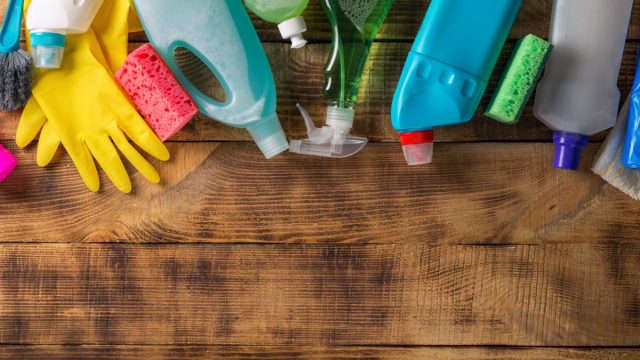
Does it ever feel like you never stop cleaning? We are constantly putting in the work to keep our homes tidy and comfortable, but unfortunately some of the products we are using to aid us in this mission may be causing more harm than good. When buying cleaning products, it’s all too easy to assume that if it’s sold on the store shelf, it’s safe to use. Now, the Cleveland Clinic and Environmental Protection Agency (EPA) have each issued warnings about one cleaning product in particular that could cause serious liver damage, as well as a range of other serious conditions. Read on to find out which cleaning product is better left on the store shelf, and what to use instead to get the best—and safest—clean.
RELATED: If You Notice This on Your Arms or Legs, Have Your Liver Checked.
Rug and upholstery cleaners can damage your liver.
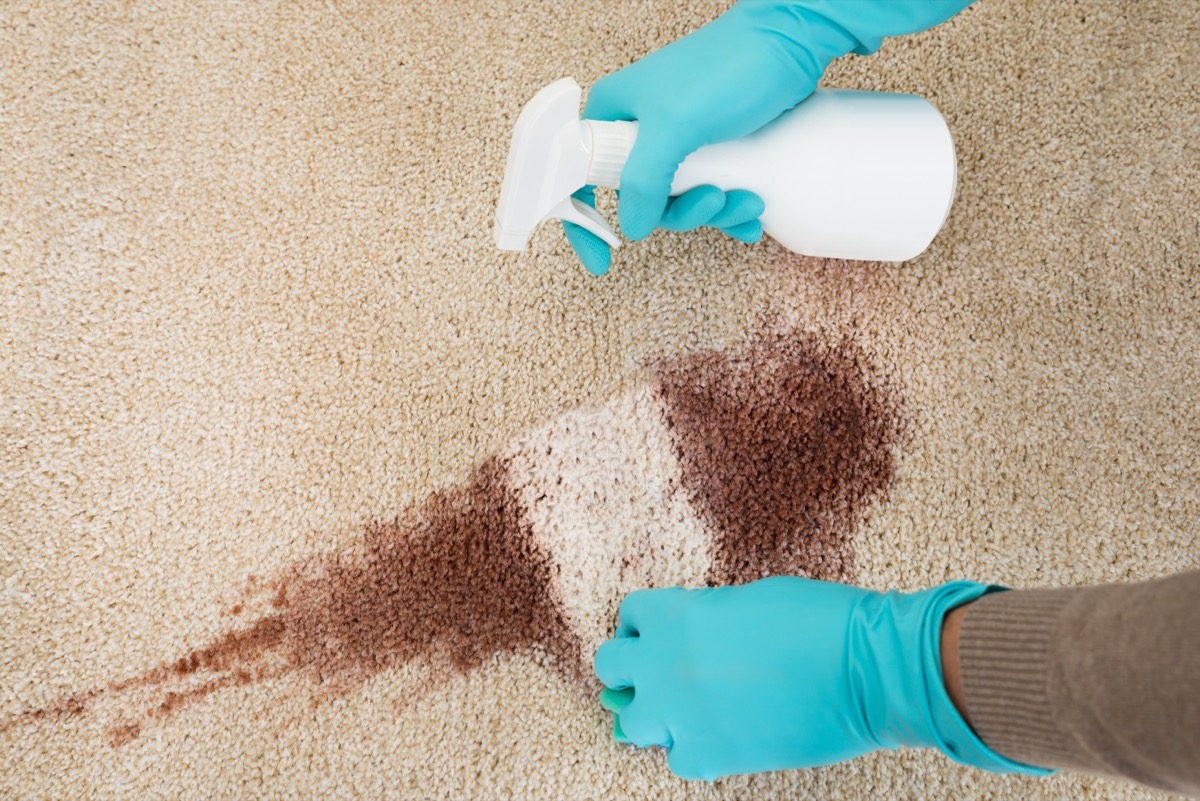
According to the Cleveland Clinic, rug, carpet, and upholstery cleaners could be putting your liver at risk due to several of its ingredients. “These cleaning products can contain perchloroethylene (used in dry cleaning), naphthalene and ammonium hydroxide,” the health organization explains. “The fumes given off by these products can cause cancer and liver damage,” their experts add. These particular chemicals are also common in dry-cleaning fabrics and metal degreasing products, warns the EPA.
Sloan Barnett, author of the 2008 book Green Goes With Everything writes that most often, the health consequences of rug and upholstery cleaners are felt by young children. “Toxic fumes, principally naphthalene (a carcinogen), are especially dangerous to children who play on carpets after they’re cleaned. The majority of poison exposures from carpet and upholstery cleaners were for children under six,” says one excerpt.
RELATED: If You Notice This on Your Hands, Get Your Liver Checked, Mayo Clinic Says.
Look out for these other symptoms.
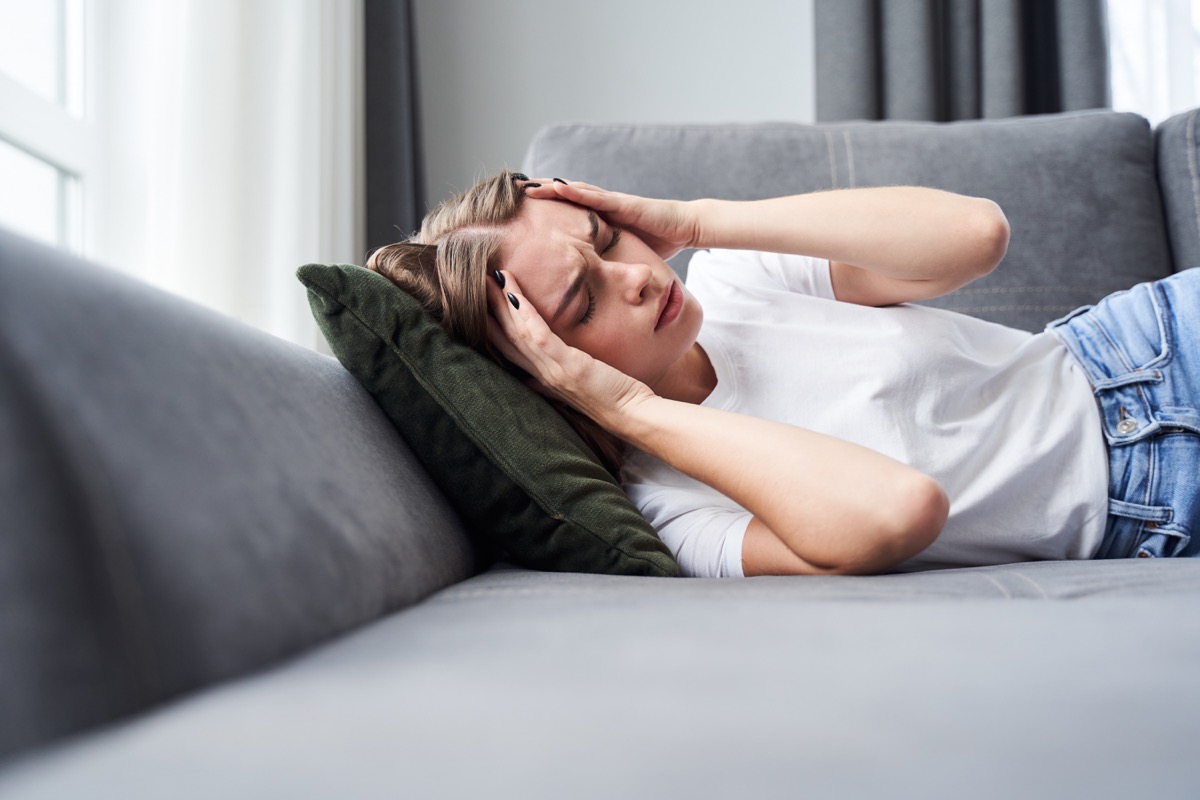
The Cleveland Clinic further notes that rug and upholstery cleaners are known to cause additional symptoms, including “dizziness, sleepiness, nausea, loss of appetite, and disorientation.”
The EPA adds that “high-level inhalation exposure of humans to tetrachloroethylene” may also cause problems in the upper respiratory tract, irritation in the eyes, kidney dysfunction, neurological effects including “mood and behavioral changes,” impairment of coordination, dizziness, headache, and unconsciousness. “The primary effects from chronic (long term) inhalation exposure are neurological,” the organization writes. “Tetrachloroethylene exposure may also cause adverse effects in the kidney, liver, immune system and hematologic system, and on development and reproduction. Studies of people exposed in the workplace have found associations with several types of cancer including bladder cancer, non-Hodgkin lymphoma, and multiple myeloma,” the EPA warns.
For more health news sent directly to your inbox, sign up for our daily newsletter.
Steam cleaning offers a non-toxic alternative.
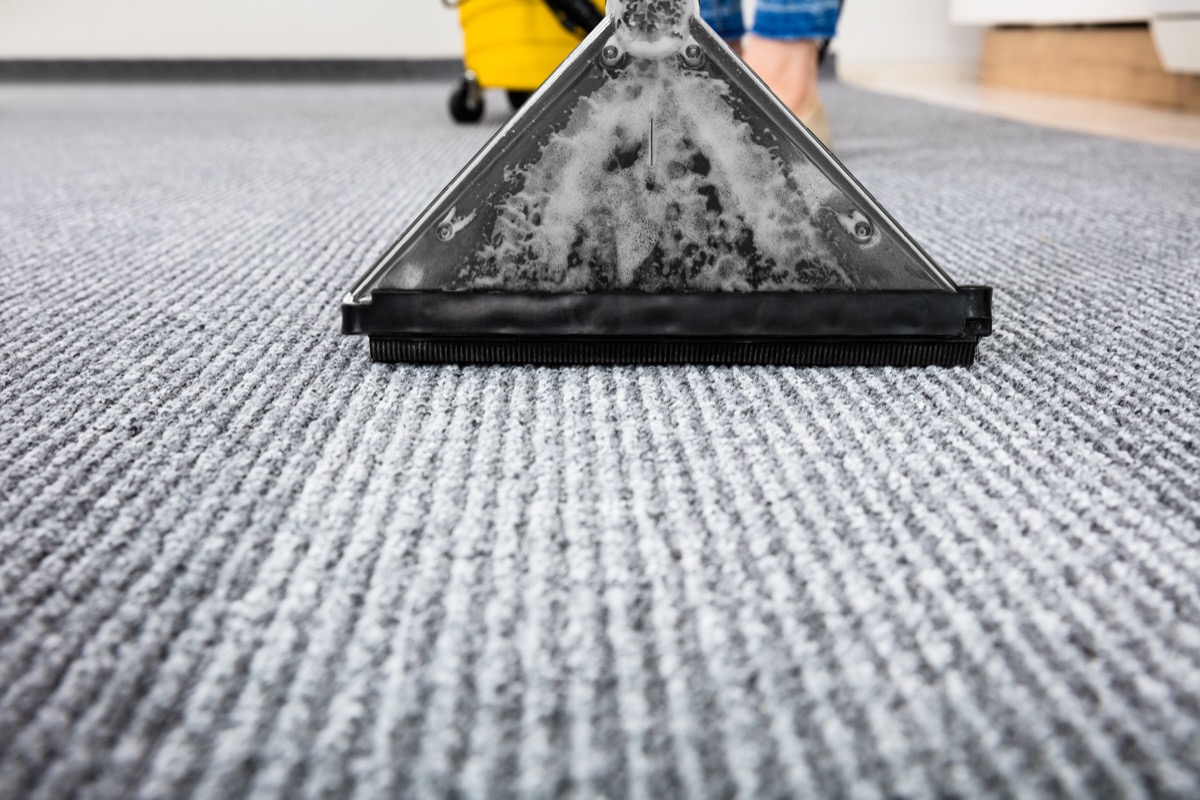
There are several alternatives to harsh chemical cleaners which may help you remove rug or furniture stains without the health risk. For instance, pairing a natural rug shampoo and using a steam cleaner should get the job done. Better Homes and Gardens calls this method a “powerful, non-toxic way to clean and sanitize surfaces throughout your home.”
Their experts add that “the beauty of steam cleaning is that it effectively trades heat for chemicals without sacrificing strength. In fact, when used correctly, steam can quickly kill 99.99 percent of germs and bacteria, making it a safe, healthy, eco-friendly, all-natural way to clean your home from top to bottom.”
If you don’t own a steam cleaner, you may be able to rent one from a home goods store near you.
Take these precautions if you do use chemical cleaners.
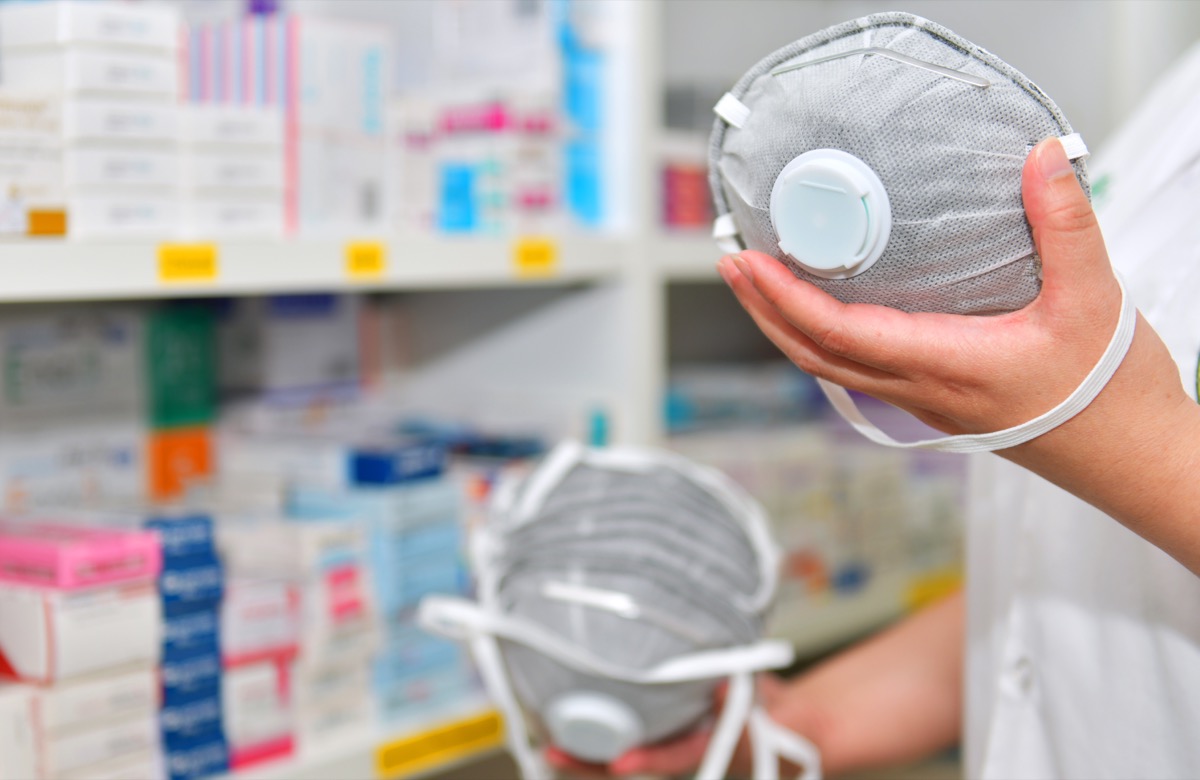
If you do opt for a chemical rug or upholstery cleaner, it’s important to take appropriate precautions. These include keeping children and pets away from the area, wearing gloves to avoid direct contact with the skin, and resealing the cleaning solution’s container immediately after use.
Another important safety precaution is to wait to re-enter the room until the fumes have dissipated. “Use these products in well-ventilated areas and try not to breathe the fumes,” the Cleveland Clinic advises. Wearing a mask while cleaning can also help prevent illness.
Speak with your doctor if you believe you may have already been exposed to this type of chemical cleaner without taking the proper precautions, or if you’ve experienced symptoms associated with rug cleaners.
RELATED: If You Feel This at Night, You Need to Get Your Liver Checked, Doctors Say.